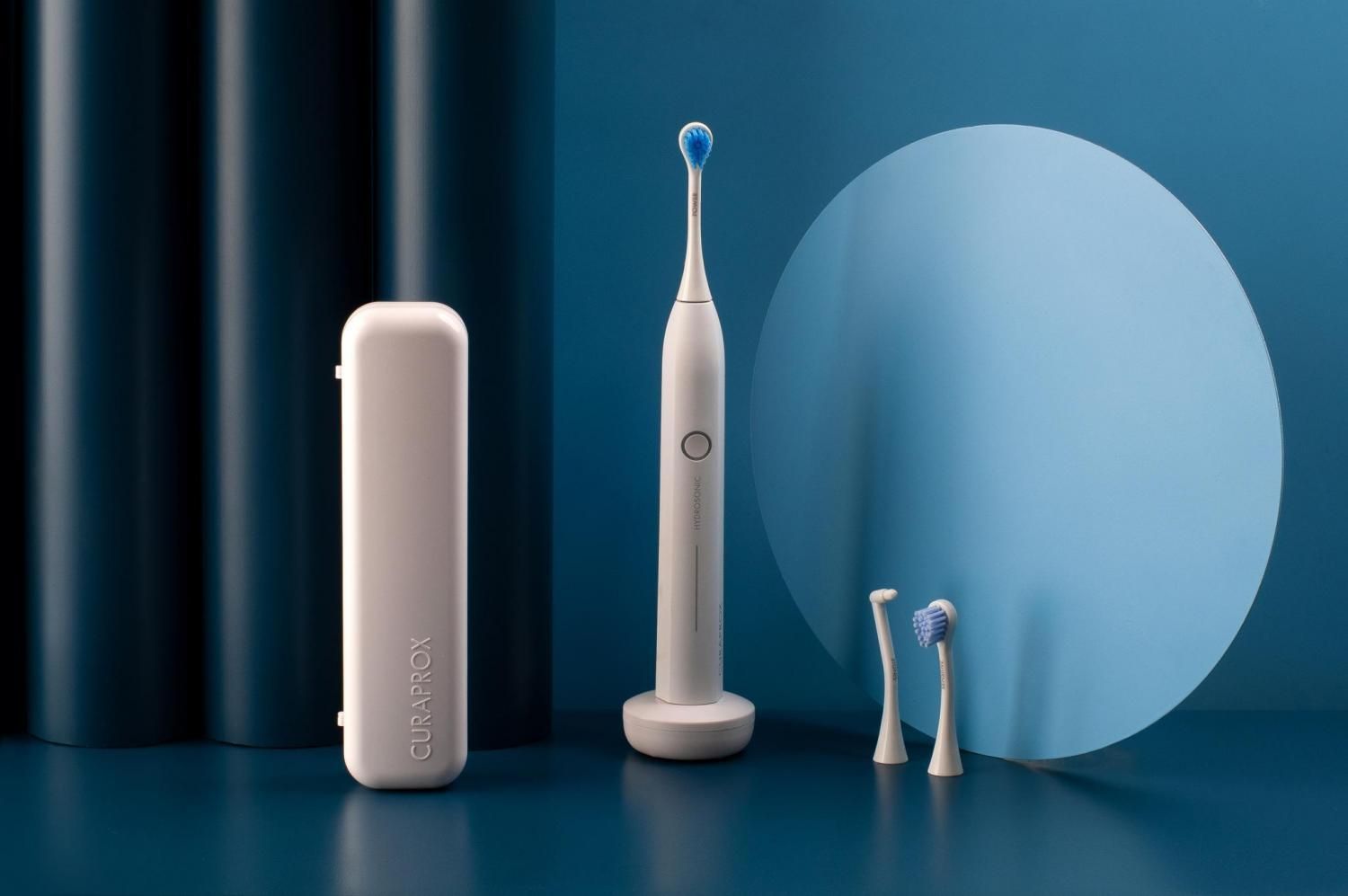Past, Present, Future - The Evolution of Dental Products
A look at how far the dental industry has come from the analog products of the past, to today’s cutting edge technologies and materials, to visions of what dental products and practices might look like in the future.

Dentistry in one form or another dates back thousands of years, as humans have long sought ways to reduce or eliminate oral pain, replace missing teeth, and even enhance cosmetics. But while the goals of dentistry remain similar, the paths toward achieving these goals continue to evolve and improve.
Changing dental products often drive these enhancements in both clinical and operational approaches. Sometimes they even impact the physical space of a dental practice, such as switching to digital X-rays and eliminating the need for a room for processing the images. Of course the past isn’t static, as some practices today are completely digital in both practice management and patient care, and others still operate with films and paper forms. In fact, to a practice that has rarely invested in new equipment, today’s state of the art dental technologies might seem plucked right out of science fiction, but the truth is, lasers, 3D imaging, digital treatment planning, and even robotic systems are not the future, but are all parts of dentistry’s present.
What do all these advancements mean for the industry’s future? No one really knows exactly what’s going to revolutionize the industry and set a new standard of care, but, whether it’s technologies from other industries or based on research underway right now, there are plenty of hints to where we’re headed. Read on for visions of the Past, the Present, and the Future of dental practices and dental products.
See the Past, Present, and Future of Practice Operations on the next page…
Practice Operations
The Past
If there was one word to describe the hub of dental practice front offices of the past it would be “paper” because paper was used for everything from patient records, to patient forms, to practice marketing, and patient communications. Practices advertised for new patients in local newspapers and The Yellow Pages, mailed postcards to patients’ homes, and managed the practice’s operations with literal paper trails for every appointment. The telephone was also a key tool for connecting patients with the practice. Billing and insurance was handled with the telephone, letters, and eventually the fax machine. Needless to say, this was a slower, less efficient situation for practices where losing information was as simple as a page of paper falling out of a folder unnoticed.
The Present
Today practices can leave the paper behind and manage their practice digitally. This means keeping practice schedules, patient records, and more in a digital database that can even be stored in the cloud and accessed from anywhere. Patient communication is managed via text messaging and emails more often than phone calls, and video calls and even remote, teledental appointments are growing more common, partially due to the COVID-19 pandemic. In the up-to-date practice, new patients are found with varying digital marketing campaigns with the ability to focus efforts on specific types of prospective patients. Many of these digital tasks can be automated with software and artificial intelligence constantly reviewing efforts and adjusting in real time for optimal impact.
"Although software that is professionally managed in the cloud is widely adopted in most industries today, it is just now catching fire in the dental community.” – Mark Blount, Vice President, Curve Dental
“In the wake of the COVID-19 quarantine and subsequent shutdown, dentists across the country are implementing innovative strategies to allow continuity of care for their patients. Through the use of teledentistry and various models of mobile care delivery, practice owners are creating non-traditional patient touch points outside of their brick and mortar practice.” – Melissa Turner, BASDH, RDHEP, EFDA, Chief Hygiene Officer, Cellerant Consulting
“Artificial Intelligence and Machine Learning hyper-efficiently analyzing, automating, completing, or delegating tasks is the cutting edge of front office management. What could more helpful than an AI Virtual Office Manager pre-educated with the best practices, KPIs, successes, and failures of some of the nation’s top practices?” – Paul Intlekofer, CEO MMG Fusion
“Incorporating secure, touchless workflows in the front office are not only easy to do, but add massive efficiency and convenience for patients and teams.” – Dr. Bryan Laskin, Founder OperaDDS
“Advertising automation is becoming a popular marketing trend that leverages machine learning technology to improve the placement of ads in real-time – saving dental practice owners time and money by stretching their advertising budgets farther than ever before.” – Daylen Farkas, VP of Search Advertising Product, Scorpion
The Future
The future of practice operations is likely to include even more automation and deeper AI integration into all parts of the practice workflow, including patient communications. While teledentistry is taking off now during the COVID-19 pandemic, this is a technology likely to play a larger role in the future, as more diagnostic and screening services will be able to be provided remotely via secure platforms and enhanced commercial imaging capabilities. Practices will also involve less physical contact as voice operated systems from patient forms to charting to scheduling are handled without the need to physically interact with an input device. The technologies ready to hit dentistry will make managing a practice more streamlined, more reliable, and even safer for staff and patients.
See the State of the Art in Practice Operations on the next page…
The State of the Art in Practice Operations
Curve Cloud-Based Software More than just cloud software, Curves integrated platform for scheduling, imaging, charting, billing, patient engagement, payment processing, and business intelligence revolutionizes the way that dentists manage their practices. Curve Dental | curvedental.com

Ava - Virtual Office Manager Using machine learning, AI, and preloaded best practices to prioritize, complete, or assign front office tasks, Ava, MMG Fusions Virtual Office Manager, improves practice efficiency, the patient experience, and communications and collaborations. MMG Fusion | mmgfusion.com

Denti.AI Denti.AIs evidence-based artificial intelligent algorithms automate both the initial diagnostics screen and the charting process with its patent pending Auto-Chart capability. Denti.AIs fully integrated Dentrix solution merges findings across images and exports a final chart with one-click. Denti.AI | denti.ai

Scorpion An all-in-one marketing technology suite designed to automate a practices efforts to attract and retain patients, allowing clinicians to focus their time and energy on patients. Scorpion | scorpion.co

Kare Mobile Kare Mobile is a single operatory comprehensive care mobile dental model that provides safer oral health-care delivery for both the patient and provider in the wake of COVID-19. Kare Mobile offers dentists, hygienists and dental therapists a turn-key solution to mobile practice ownership. Kare Mobile | kare.mobi
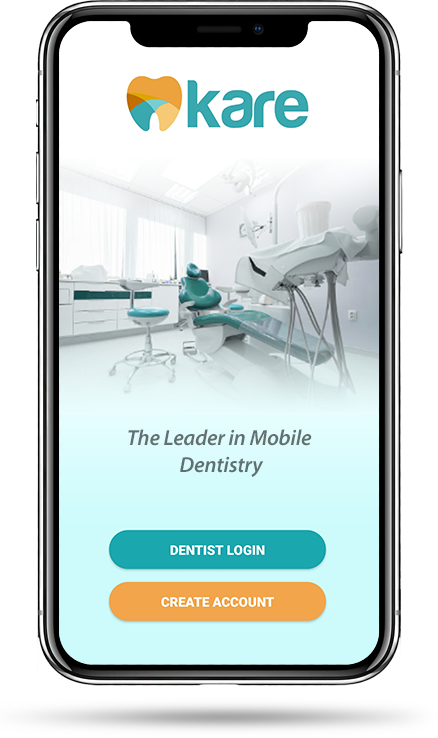
OperaDDS While some innovations happen over time, in the wake of COVID-19, offices have made a mass exodus from the clipboard and paper intake forms to smart solutions like OperaDDS that enable curbside check in, paperless intake, and consent data that's sent right back to the practice management system. OperaDDS | operadds.com

Remote Lite Based on a flat-fee rather than a per-claim model, Remote Lite works alongside your PMS and allows for real-time tracking of insurance claims, helping fix rejections quickly to get paid faster. Vyne | dentalhero.com

Dental website design The WEO Media software platform dynamically creates website code which is a huge advantage in website and SEO technology as compared to traditional static platforms. WEO Media | weomedia.com

See the Past, Present, and Future of Equipment & Technology on the next page…
Dental Equipment & Technology
The Past
This is an area of dental practices that is advancing at an incredible pace. But in the past, the technology in a dental practice was likely to be mechanical rather than digital. Sure patient chairs tipped back and handpieces were driven by air turbines (after belt drives went out of fashion), but things needed to be moved and adjusted manually. X-rays were captured on film, and those exposed films had to be properly processed before the clinician knew if the image was usable or not. Impressions were captured using physical materials, and those impressions-or models poured from them-had to be shipped to a lab for dental restoration fabrication. The past of dental technology was noisier, clunkier, and often bulkier and heavier.
The Present
The cutting edge of dentistry these days might seem like science fiction to some. A practice up to date on its clinical technology is likely using lasers in place of handpieces, providing same-day crowns via CAD/CAM, 3D printing anything they can produce on their printer, and using 3D imaging to diagnose and plan treatments. Today’s clinical technologies make diagnostics faster and safer, while also allowing clinicians to do more for patients in fewer appointments with less pain and discomfort than was possible with previously available technologies.
"Integrating a CO2 all-tissue laser and doing virtually all of my fillings needle-free and drill-free has dramatically increased new patient flow. It has also made me more efficient and enabled me to perform surgical procedures I couldn’t do before." - Dr. Yooson Kim
“Oftentimes with 2D imaging a patient’s anatomy obscures what you are trying to detect, but with the Planmeca Ultra-Low Dose 3D CBCTs, they have proven to be 100% diagnostically accurate and lower radiation exposure, so it’s beneficial all around for the patient and my practice.” – Dr. Michael Young
“This has not only yielded efficiencies within the practice, but patients have been very pleased with the convenience of not having to make multiple appointments for one treatment.” – Dr. Laura Justice speaking about same-day CAD/CAM dentistry
The Future
The motto for the future of dental technology could easily be, “Better, faster, stronger” as each new generation of imaging system, laser or CAD/CAM solution gets easier to use to produce better results in less time. The next wave of new technologies is likely to include radiation-free imaging solutions that provide safer ways to capture diagnostic quality images. A laser solution designed to treat healthy teeth to provide protection from dental caries is in development now as well. Other improvements that could be the future of dentistry include automated clinical assistance (i.e. robots to help clinicians), as well as integrated, intelligent diagnostic platforms that produce a potential diagnosis based on the imaging input provided. Virtual and augmented reality solutions will also be likely to be integrated into loupes and microscopes to allow visual prep guides and other information overlays during treatment.
Get Up to Speed with Dental Equipment & Technology on the next page…
Get Up to Speed with Dental Equipment & Technology
Solea The Solea all-tissue dental laser can cut virtually every cavity prep anesthesia-free, and also enables soft tissue procedures that are blood-free and suture-free with minimal post-op discomfort and rapid healing. Convergent Dental | convergentdental.com

DWX-42W Wet Dental Mill The DGSHAPE DWX-42W wet milling machine enables clinicians to offer high quality, same-day restorations. Designed for seamless digital integration, this 4-axis mill provides on-demand milling of glass ceramics, composites, and titanium to create high-precision crowns, inlays, onlays, veneers, and custom abutments. DGSHAPE - a Roland Company | dgshape.com

XVWeb XVWeb is a true native 'capture to cloud' application that provides tremendous benefits to dental practices, including scalability to meet the needs of any growing practice or enterprise, enhanced processing power, improved security and disaster recovery, low entry cost, and operating costs due to IT cost savings. LED Apteryx | www.apteryx.com/xvweb

PinkWave Curing Light PinkWave is a multispectral light with the largest curing area on the market. It features QuadWave technology said to increase top and bottom microhardness of composite while also decreasing composite shrinkage. Apex Dental Materials | apexdentalmaterials.com

Planmeca Ultra Low Dose Imaging Available on all Planmeca 3D imaging units and compatible with all voxel sizes and imaging modes, this imaging protocol allows high quality 3D images to be captured with less radiation than a standard panoramic image. Planmeca | planmeca.com

See the Past, Present, and Future of Dental Materials on the next page…
Dental Materials
The Past
Restorative dental materials date back as far as dentistry. When all or part of a tooth is missing, replacing it with something is important to helping that patient regain full function, not to mention esthetics. In the distant past these materials were found in nature, but synthetic dental materials have been around for a long time as well. The dental materials of the past were rarely tooth colored, so dental restorations stood out in a patient’s mouth regrardless of the clinician’s skill. These materials could also be touchy to work with, as they offered less than optimal working and set times. Still it wasn’t all bad, especially for patients, as materials from the past often provided durability and functionality, which is likely one reason some older materials, such as gold-as well as the related clinical techniques-are still in use today.
The Present
The dental materials available today are generally simpler to use, while producing highly functional, and highly esthetic outcomes. The word universal is now a common descriptor, as tooth-shaded composites are the norm, and incredibly strong adhesives that work with a wide range of materials are growing increasingly common. But the real push for cutting edge materials today are ones that do more than fill a hole, but add in beneficial bioactive properties or even anti-microbial properties to provide lasting protection and benefits. Modern dental materials are easier to use, and provide better results for patients.
“I believe restorative materials will see an increase of products that focus on the streamlining of the restorative process. Technological and scientific advances allow manufacturers to develop composites and bonding agents that reduce the guesswork in bonding protocols, depth of cure and shade matching.” – Masa Ogata, CEO Tokuyama Dental America
“In today’s new normal this type of material offers a unique solution of versatility and increased utilization while also minimizing cross contamination.” – Russ Perlman Executive Director of Marketing, VOCO America
“Dentistry is swiftly moving towards composites with a new mindset. Injecting rather than packing. Monolithic restorations rather than using multiple resins and a variety of opacities for esthetics.” – Dr. David Clark
“Unlike traditional restorative materials, which are passive and meant to fill an empty space, bioactive materials actively release and recharge essential mineral ions that help stimulate apatite formation and seal restorations at the margin.” – Dr. Robert Lowe
The Future
The trajectory for dental materials is ever and ever closer to something that looks, feels, and functions like the tooth it’s replacing. In the near future products such as GreenMark Biomedical’s LumiCare™ Caries Detection Rinse and CrystLCare™ Caries Prevention Gel will hit the market to offer new approaches
for early, incipient lesion detection and treatment. Eventually, regenerative technologies will likely make many materials obsolete, as a combination of better decay detection and prevention and the ability to spur a patient to regrow missing tooth structure is likely to take over. The good news is more patients are likely to keep their teeth throughout their lifetime, even if they have to regrow one or two along the way.
Continue to the next page to see some materials at the cutting edge today…
Materials on the Cutting Edge Today
RE-GEN Universal RE-GEN Universal directly deposits ions exactly where they are needed in order to promote hydroxyapatite formations. These apatite formations work to form new tooth structure and work to close any gaps forming at the resin-dentin interface. Apex Dental Materials | apexdentalmaterials.com

OraCare Health Rinse OraCare is a revolutionary product that utilizes activated chlorine dioxide to kill pathogens. Its most common uses include gingivitis, periodontal disease, dry mouth, in office pre-rinsing, and bad breath. OraCare | oracareproducts.com

3M Flowable Composites 3M's current flowable composites, 3M Filtek Supreme Flowable Restorative and 3M Filtek Bulk Fill Flowable Restorative, now have an improved syringe design to simplify placement, eliminate bubbles, and make material placement easier. 3M | 3m.com

TheraCal LC TheraCal LC is a light-cured, resin-modified calcium silicate. Its unique apatite stimulating ability makes it ideal for direct and indirect pulp capping and as a protective liner. BISCO | bisco.com
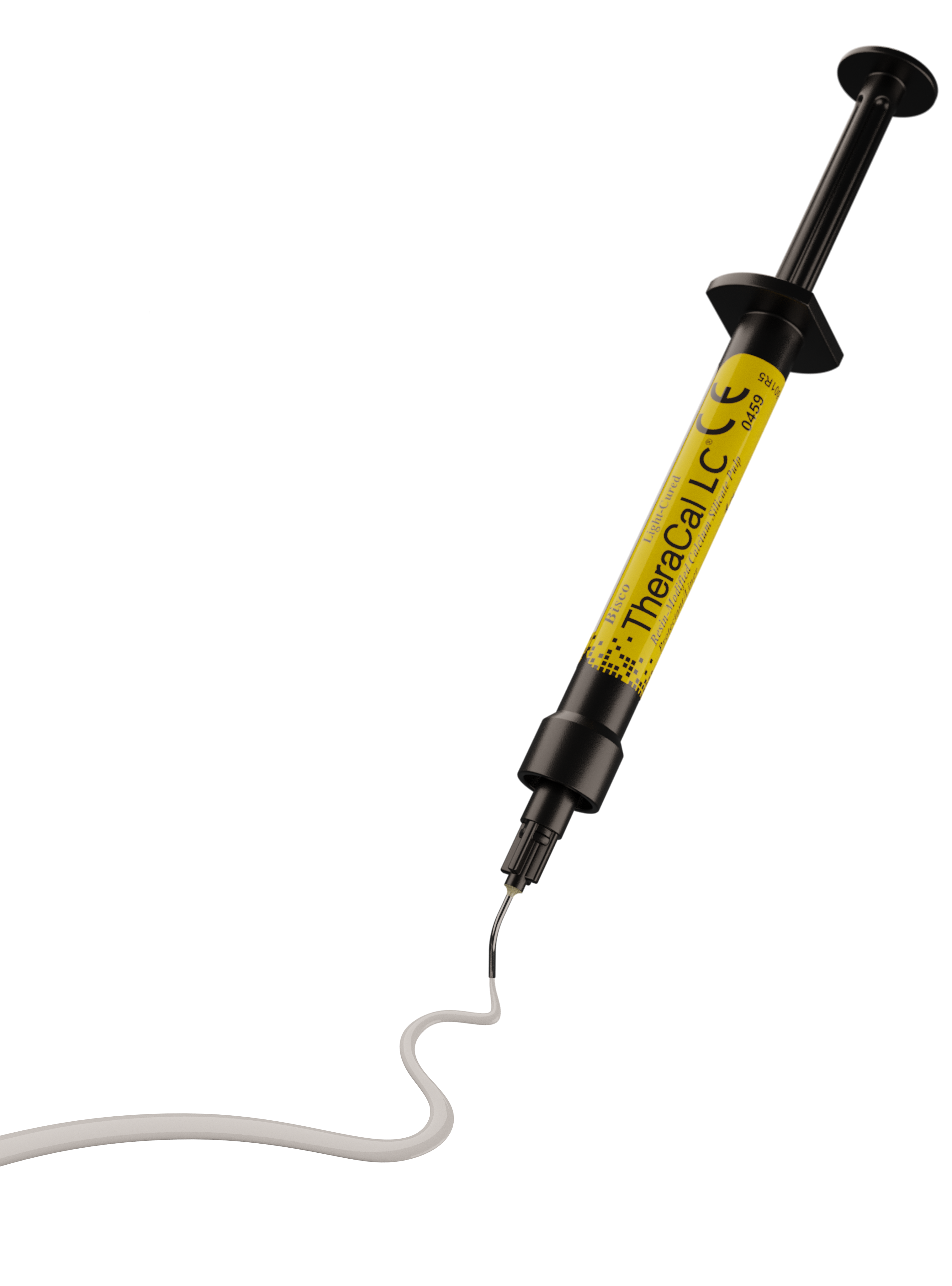
Futurabond U Futurabond U has proven to be a great solution as dentists re-open their offices and look toward products that will minimize chair time and cross contamination, maximize versatility, utilization, and produce high-quality results while streamlining their inventories. VOCO America | voco.dental

PANAVIA SA Cement Universal PANAVIA SA Cement Universal is a self-adhesive resin cement containing a dual-monomer technology that adheres to virtually every material without the need for a primer. Kuraray Noritake Dental | kuraraydental.com
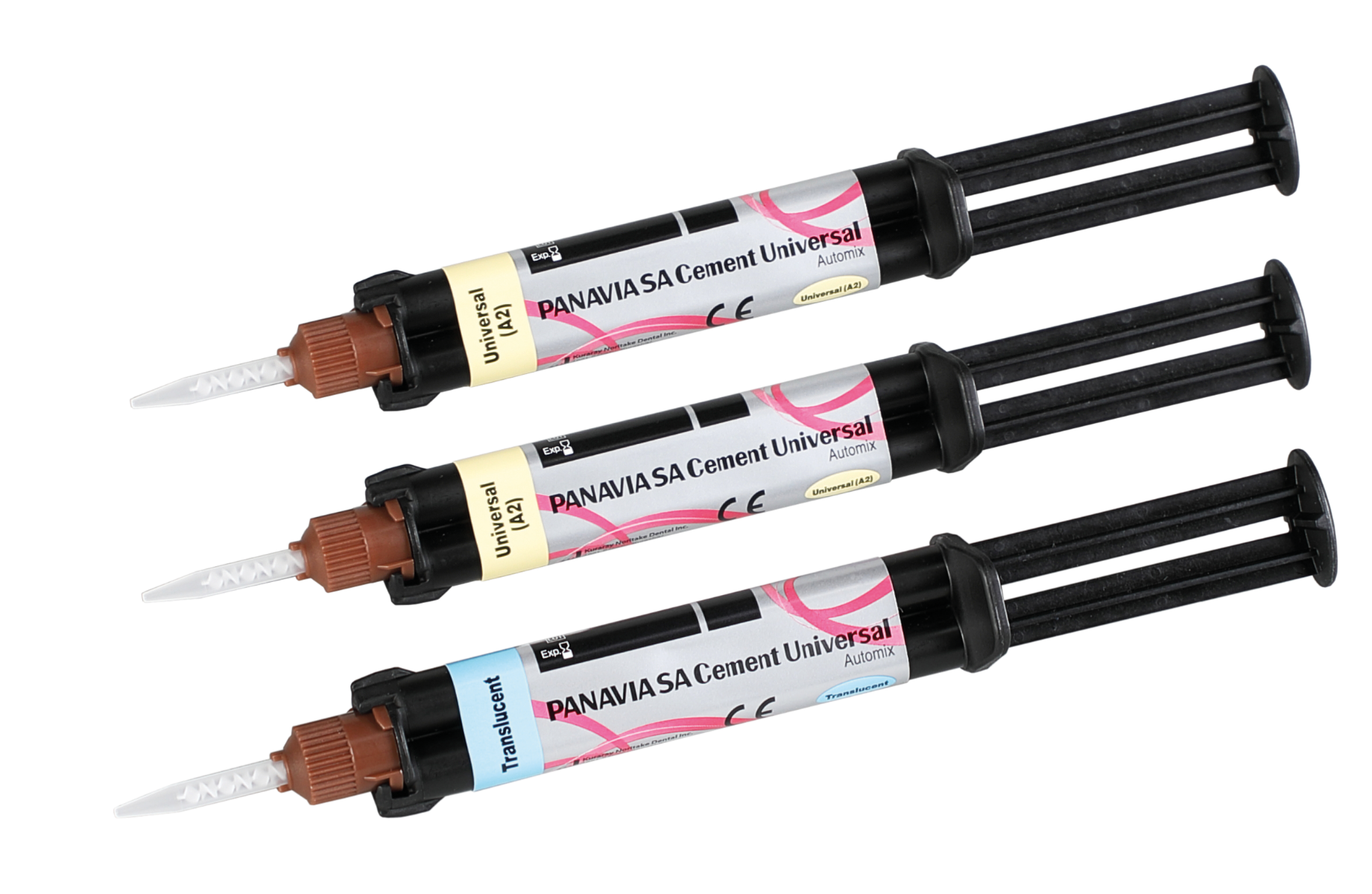
OMNICHROMA Innovated to color-match like you've never seen before, Tokuyama Dental's award-winning dental composite OMNICHROMA matches every shade from A1 to D4 with just one shade of composite. Tokuyama Dental America | tokuyama-us.com

ACTIVA BioACTIVE RESTORATIVE ACTIVA BioACTIVE-RESTORATIVE is the first bioactive restorative material with an ionic resin matrix, a shock-absorbing resin component and bioactive fillers that mimic the physical and chemical properties of natural teeth. Pulpdent | pulpdent.com

See the Past, Present, and Future of Dental Specialty Products on the next page…
Dental Specialty Products
The Past
Dental specialists handle some of the biggest challenges in dentistry, and require unique instruments and technologies specifically designed for the clinical tasks they face. Early endodontics required fine manual dexterity as clinicians worked small files in smaller spaces manually throughout the case, while early implants were placed freehand. Because these procedures required both specialized skills and specialized equipment, these cases were handled by specialists rather than by general practitioners.
The Present
While the most complex cases will likely always be handled by specialists, many general dental practices provide a wide range of services including endodontics, implants, orthodontics, sleep medicine, and more. Enhanced diagnostics and digital treatment planning make it easier than ever to properly prepare for these cases. The current technology available to dedicated specialists and GPs alike includes robot-guided surgery, sonic-powered endodontics, and much more. Systems and technologies today make it easier than ever for general dental practices to efficiently add new treatment options, and for specialty practices to achieve new levels of efficiency and clinical success.
“This technology can provide guidance for the most complex implant cases. Now complex restorative cases can be pre-planned and delivered easily with the accuracy of robot-assisted technology.” – Dr. Scotty Bolding, D.D.S., M.S., Director of Oral & Maxillofacial Surgery and Robotics, Arkansas Oral and Facial Surgery Center
"In dentistry, diagnosis has always stemmed from what is visible. Damage, and of course pain were the indicators. Smart, wearable devices have opened up the world of dentistry to a new level of insight with quantitative data and indicators of unseen behaviors and symptoms. Cost-effective, easy-to-use wearable technologies increase dentist and patient confidence and compliance with diagnosis and prescribe treatment." – Brock Predovich, Founder Bravrr
“In light of COVID-19, airway health and treating patients for sleep breathing disorders is more important than ever before.” – Payam Ataii, DMD
The Future
Much like with restorative dentistry, regeneration will play a role in the future of specialty dentistry. If growing a new tooth to replace a missing one is possible, this could make implants obsolete and change approaches to endodontics as well. But in the short term, all of these services will continue to benefit from increased automation of treatment planning as well as clinical treatment. Robot guides might someday give way completely to robot surgeons that execute a treatment plan prepared by AI and then reviewed, adjusted, and approved by a doctor before turning things back over to the machines.
Continue to the next page to see some Specialty Stand Outs…
Specialty Stand Outs
EndoUltra The only battery-powered ultrasonic activator, EndoUltra is used to disrupt biofilm and improve bacteria kill during endodontic procedures. Using Ultrasonic technology, EndoUltra produces acoustic streaming and cavitation to allow solutions to penetrate the entire root canal system. Vista Dental Products | vistadental.com

Yomi The Yomi robotic-assisted surgical system provides state-of-the-art case planning software that enables full 3D digital planning to complement the first and only robotic surgical workflow in dentistry. Neocis | neocis.com

BruxRelief BruxRelief is the first-ever wearable assessment headband and smartphone app for bruxism. With BruxRelief's patent-pending sensor technology and intuitive app, dentists and patients can finally assess the magnitude and characteristics of a patient's clenching and grinding behaviors. Bravrr | bravrr.com

Gingival Cuff Link System The Gingival Cuff Link Systems (GCL) is a patented healing cuff used to maintain and sculpt gingival tissue. Eleven different anatomically correct cuffs are now available and are compatible with most major implant systems in any area of the mouth and at any stage of the implant process. GCL Systems | gclsystems.com
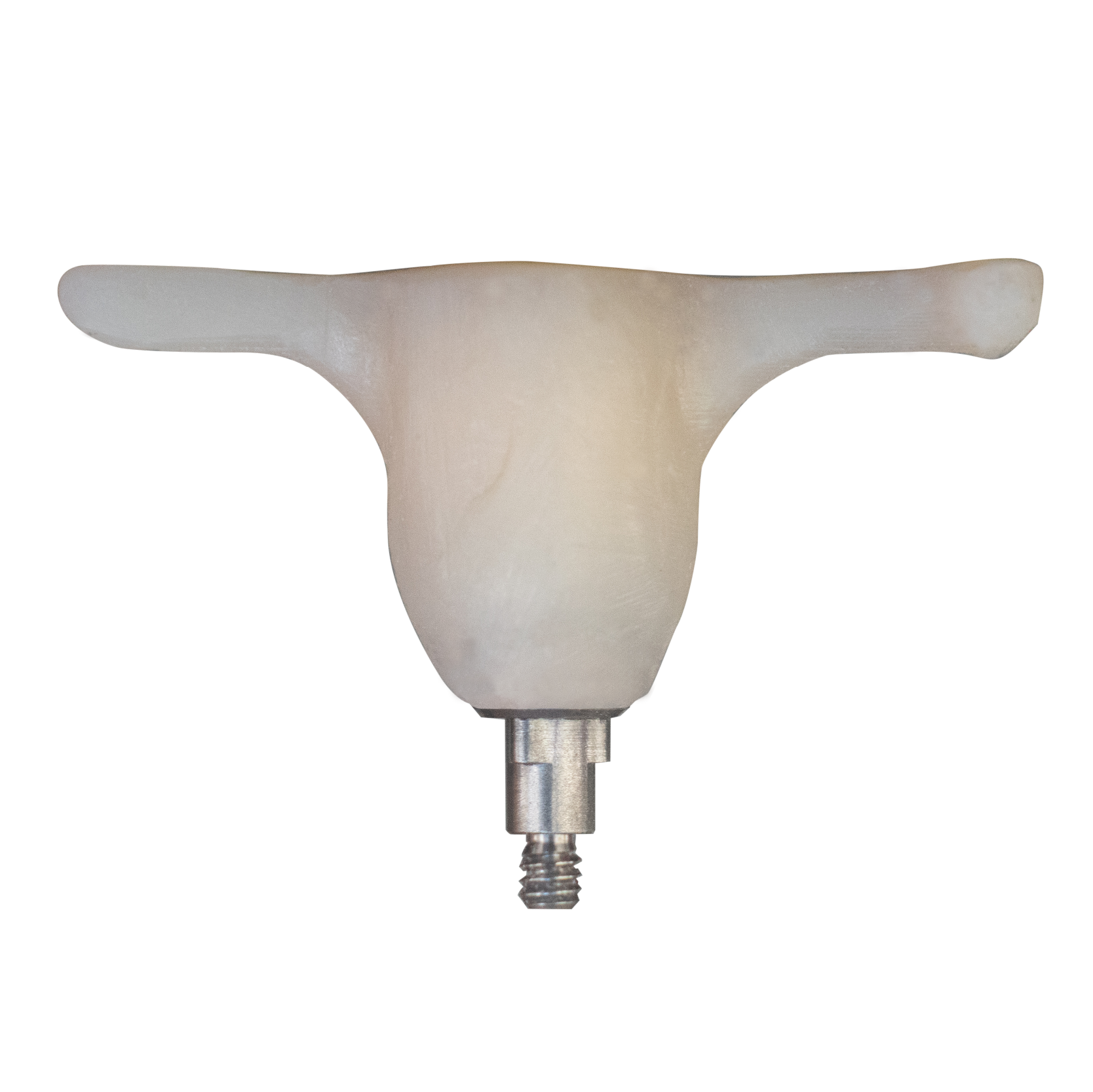
SleepArchiTx SleepArchiTx turnkey solution gives you the confidence and support needed to treat sleep breathing disorders. An end-to-end program with unique 1:1 doctor-to-doctor clinical consults and medical doctor collaboration increases your clinical knowledge and provides confidence and expertise. SleepArchiTx | sleeparchitx.com

See the Past, Present, and Future of Dental Home Care & Prevention Products on the next page…
Dental Home Care & Prevention
The Past
Dental care away from a medical professional has also been around for a very long time. Humans have long sought ways to care for and preserve the lifespan of their dentition, while also reducing bad odors. In the recent past, home care focused on a manual toothbrush with rather stiff bristles and a toothpaste that likely came in just one flavor. Dental floss was around, and some people used it-the same with mouthrinses. But one thing that hasn’t changed when it comes to home care is that humans often need a lot of advice and encouragement to maintain good habits. However, in the past these failed homecare efforts led to more people with fewer teeth later in life.
The Present
Home care today can be filled with technology, as sonic toothbrushes continue to grow ever more common on the bathroom sink. These powered brushes make effective brushing easier for patients, and they go hand in hand with water-flossing systems that use water to clean interdental spaces and to stimulate the gums. Natural products also play a larger role in today’s market, as do new approaches to providing everything from fluoride to CBD via toothpastes, flosses, and rinses.
“Though Baking Soda has been around for over 150 years, it is continually being proven to have unique benefits in oral care. Baking Soda is a 100% natural ingredient that has unique properties such as alkaline pH for acid neutralization, low abrasion for safe and gentle whitening, and biological cleaning action for superior plaque removal.” – Jaime Shepler, Professional Marketing for Arm & Hammer Oral Care
The Future
Home care is going to eventually become simpler, and easier as whole mouth brushing solutions eventually take over. The ability to insert a mouthguard-like device that will brush, floss, and rinse teeth in a matter of seconds might help with home care compliance. Additionally, connected devices are gathering more and more useful data for dental professionals. Home care will eventually include caries diagnostics that will be able to report to a dentist, and home intraoral imaging will play into this as remote screenings become a part of the routine.
A Couple Fresh Home Care Options
Arm & Hammer Essentials Free of SLS, peroxide, and artificial sweeteners, but still containing the critical ingredients like baking soda and fluoride, Essentials is the perfect toothpaste to recommend for the patients who are requesting a more natural toothpaste with trusted results. Arm & Hammer | armandhammer.com

CURAPROX Hydrosonic PRO Power Toothbrush A powerful sonic brush with specialized heads created with high-density, but soft CUREN filaments for gentle, effective brushing via seven cleaning modes. Curaden USA | curaden.com
